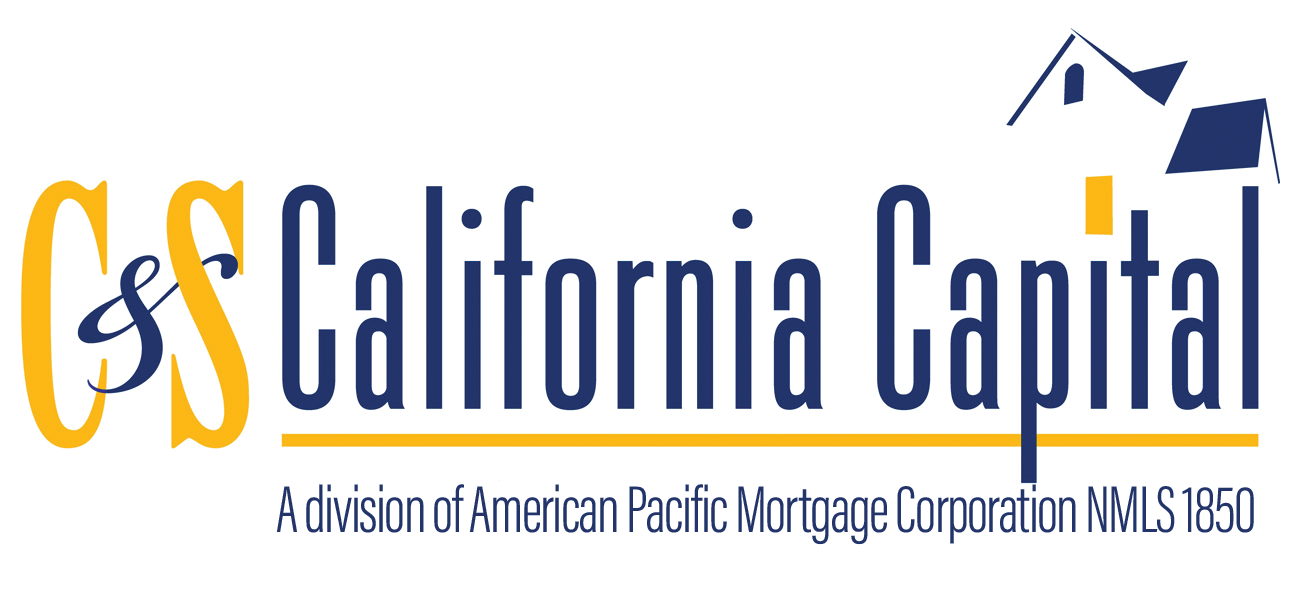How Much Do You Know About Independence Day and the Declaration of Independence?
Independence Day is the annual holiday that celebrates the adoption of the Declaration of Independence, but did you know that the Continental Congress declared its freedom from Britain on July 2, 1776? That’s when it approved a resolution and the delegates were able to vote – unanimously – to approve. Because of the original July 2 resolution and signing date, John Adams thought that July 2 would be marked as the national holiday, but since the final document wasn’t realized until July 4th (it took two days for the Congress to agree on the edits), that is the day it is celebrated.
But not so fast – once the Declaration was approved, it was sent to a printer, where about 200 copies were printed, with John Hancock’s name printed at the bottom. Today, only 26 known copies remain. Most of the members of the Continental Congress signed it in early August 1776 in Philadelphia, but the rest of the members of the Continental Congress didn’t sign the Declaration until early 1777 – nearly a year later.
In the movie National Treasure, there is a secret message written on the back of the Declaration (a key plot of the movie). In reality there is, in fact, a visible message on the back but it’s not nearly as exciting. It reads “Original Declaration of Independence dated 4th July 1776” and is believed to be a hand-written label added when the document was rolled up and put into storage.
Want to hear more? Here’s a few more interesting facts:
The copy of the Declaration of Independence that is currently in the National Archives is not the actual draft that was approved by the Continental Congress on July 4, 1776. It’s a more formal copy that was signed on August 2, 1776 and likely made by Timothy Matlack, an assistant to the Secretary of Congress.
None of the signers of the Declaration were born in the U.S. Since the United States didn’t exist until after the Declaration was signed, no one was a citizen. It’s important to note, however, that all but 8 of the signers were born in colonies that would eventually be part of the United States.
Thomas Jefferson wrote the first draft of the Declaration and drew upon two sources for much of his inspiration. His own preamble to the Virginia Constitution as well as George Mason’s draft of Virginia’s Declaration of Rights have very familiar, yet slightly differently worded, language to the draft Jefferson submitted. He was famously displeased about some of the edits made to his original draft, as he had originally included language condemning the British promotion of the slave trade (even though he himself was a slave owner). This was removed in spite of his objections.
During World War II the Declaration of Independence and the Constitution of the United States were packed up, given a military escort, and taken to Fort Knox near Louisville, Kentucky. They remained there for several years before being delivered to the National Archives in Washington D.C. in December of 1952, where they reside today.
Thomas Jefferson and John Adams both died on July 4, 1826, the 50th anniversary of the vote. The only signer to survive beyond the 50th anniversary was Charles Carrol of Maryland, who died in 1832 at the age of 95. Most of the signers were in their 40s and 50s at the time, but two were still quite young – only 26 when they signed. Thomas Lynch, Jr and Edward Rutledge were both born in 1749, and both were from South Carolina. The oldest signer was Benjamin Franklin, who was already 70 by the time the Declaration was signed.

